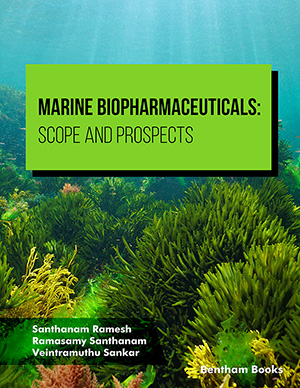Abstract
Copper is an essential trace element and several copper containing proteins are indispensable for such processes as oxidative respiration, neural development and collagen remodeling. Copper metabolism is precisely regulated by several transporters and chaperone proteins. Copper Transport Protein 1 (CTR1) selectively uptakes copper into cells. Subsequently three chaperone proteins, HAH1 (human atx1 homologue 1), Cox17p and CCS (copper chaperone for superoxide dismutase) transport copper to the Golgi apparatus, mitochondria and copper/zinc superoxide dismutase respectively. Defects in the copper transporters ATP7A and ATP7B are responsible for Menkes disease and Wilsons disease respectively. These proteins transport copper via HAH1 to the Golgi apparatus to deliver copper to cuproenzymes. They also prevent cellular damage from an excess accumulation of copper by mediating the efflux of copper from the cell. There is increasing evidence that copper transport mechanisms may play a role in drug resistance. We, and others, found that ATP7A and ATP7B are involved in drug resistance against the anti-tumor drug cis-diamminedichloroplatinum (II) (CDDP). A relationship between the expression of ATP7A or ATP7B in tumors and CDDP resistance is supported by clinical studies. In addition, the copper uptake transporter CTR1 has also been reported to play a role in CDDP sensitivity. Furthermore, we have recently found that the effect of ATP7A on drug resistance is not limited to CDDP. Using an ex vivo drug sensitivity assay, the histoculture drug response assay (HDRA), the expression of ATP7A in human surgically resected colon cancer cells correlated with sensitivity to 7-ethyl-10-hydroxy-camptothecin (SN-38). ATP7Aoverexpressing cells are resistant to many anticancer drugs including SN-38, 7-ethyl-10-[4-(1-piperidino)-1-piperidino] carbonyloxycamptothecin (CPT-11), vincristine, paclitaxel, etoposide, doxorubicin (Dox), and mitoxantron. The mechanism by which ATP7A and copper metabolism modulate drug transport appears to involve modulation of drug cellular localization via modulation of the vesicle transport system. In ATP7A overexpressing cells, Dox accumulates in the Golgi apparatus. In contrast, in the parental cells, Dox is localized in the nuclei, where the target molecules of Dox, topoisomerase II and DNA, are found. Disruption of the intracellular vesicle transport system with monensin, a Na+/H+ ionophore, induced the relocalization of Dox from the Golgi apparatus to the nuclei in the ATP7A overexpressing cells. These data suggested that ATP7A-related drug transport is dependent on the vesicle transport system. Thus copper transport systems play important roles in drug transport as well as in copper metabolism. Components of copper metabolism are therefore likely to include target molecules for the modulation of drug potency of not only anti-cancer agents but also of other drugs.
Keywords: Copper transport, CTR1, ATP7A, ATP7B, CDDP, multidrug resistance, vesicle transport

























